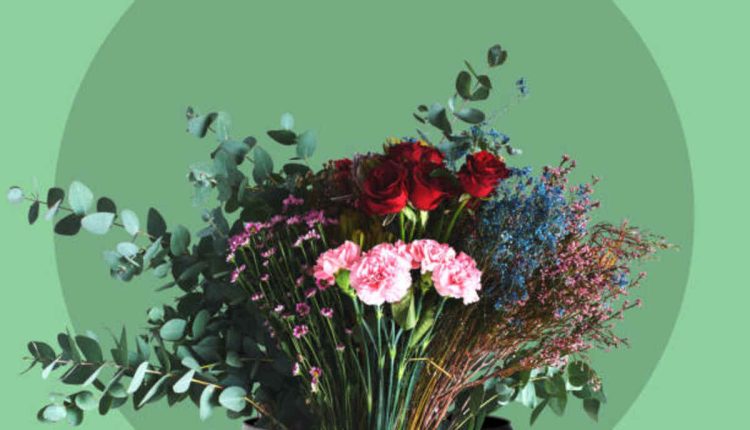The Brain Flower
The brain flower is an intriguing plant resembling the human brain shape. Found in wild and domesticated environments, its vibrant blooms make an ornamental statement while offering medicinal benefits.
Watering Celosia regularly is essential to keeping it looking its best, yet be wary of overwatering as this could cause the plant to wilt and die.
Celosia Cristata
Celosia cristata, a warm-season annual, produces colorful feathery plumes standing proudly above its leafy foliage. This bedding plant can withstand drought and heat conditions without suffering. It is ideal for borders and edges as well as cut flower gardens. Reseeded freely upon planting. For best results, use loamy soil with a pH range between 6.0-7.00
Prestige Scarlet, a 1997 All-America Selection Flower Winner, features deep scarlet combs that appear slowly over a longer period. This crested celosia makes an excellent garden workhorse, tolerating heat and drought while increasing reliable blooming performance.
Celosia argentea var. cristata leaves contain several chemical compounds with medicinal benefits that traditional medicine has long utilized to treat various disorders. One such extract from Celosia argentea var. cristata leaves has improved glucose homeostasis in diabetic rats, decreasing oxidative hepatic injury and providing antinociceptive properties in mice.
For optimal results with this plant, sow the seeds outdoors after all frost risk has passed and in full sun. Seeds may also be started indoors 6-8 weeks before the last spring frost date.
Lotus
Lotus (Nelumbo nucifera) is a semi-aquatic plant that produces leaves with remarkable water repellency. This characteristic stems from minimizing the contact area between its leaves and water molecules, reducing adhesion rates and small roll-off angles. Furthermore, their water repellency is further increased by a dense coating of short wax tubules arranged cluster-wise on their epidermis; unlike the larger diameter and tip radius papillae typically found elsewhere, these tubules offer better water repellency properties than their larger papillae counterparts, which usually feature larger diameters as well as covered wax platelets or films for reduced water repellent qualities.
Lotus leaves contain stomata in their upper epidermis that enable them to float on water surfaces – an adaptation that makes this plant thrive in aquatic habitats.
In addition to its natural beauty, the sacred lotus flower is a powerful symbol of resilience and unwavering faith. Blooming in Australia and Southern Asia river waters, despite frequent washings or exposure to flood waters, its petals never drop even after repeated washes or flood exposure. Furthermore, its presence is a testament to Buddha’s compassion and has long been used as prayer offerings to gods across cultures for health and prosperity.
The dried seeds of the sacred lotus possess anti-inflammatory and antioxidant properties, making them popularly used in traditional Chinese and Korean medicines and Southeast Asian cuisine as a wrap for steaming rice. Boil, fry, or consume raw for maximum effects! You can eat them boiled, fried or raw! Its white roots can also be cooked and eaten raw, while its soft white seeds can be used in soups. Moreover, its origins have also become part of tea ceremonies and tea production in China and Korea, as well as its use in making tea in China/Korea and as tea making tools!
Partridge Feather
Partridge Feather is a mounding perennial that typically stands approximately 12 inches. Known for its silvery-white ferny leaves and late spring display of yellow button-shaped flowers, Partridge Feather adds color and contrast to rock gardens while being drought-tolerant and deer-resistant. A 2010 Plant Selection winner, deer will not damage this perennial.
Partridges are game birds belonging to the Phasianidae family, including pheasants, grouse, and quails. Partridges nest on the ground, are generally omnivorous eaters, and exhibit flocking behavior – with female hens often laying up to 20 eggs! Their feathers come in an assortment of earth-tone and olive shades, which help them blend into their natural environments more seamlessly.
Partridges may not have the most incredible flying abilities, but their adaptability allows them to live successfully in many different habitats around the globe – making them widely considered an ancestor species for other birds.
Grey, Daurian, and Tibetan partridges are among the most frequently used partridge species for wet fly tiers, providing versatile damp fly patterns in terms of colors and materials used to tie. Their feathers are soft and supple – ideal for creating nymph tails and wrapping bodies – plus, they can even be dyed to achieve unique mottling designs – though dyeing them won’t produce the desired look unless purchasing an entire skin of these birds for maximum authenticity.
Pincushion Flower
Pincushion flowers, also known as Scabiosa (skay-bee-OH-suh), are long-blooming perennial plants that add color and texture to any garden space. Their charm lies especially within cottage gardens where they work alongside annuals, perennials, and shrubs such as Coreopsis, Lamb’s Ear, and Artemisia for blooming flowers of every sort. Easy to care for yet deer-resistant, pincushion flowers make great fillers in seasonal containers!
Plant Scabiosa in areas that receive full sun and space them 12″-15″ apart to allow adequate light. While they can tolerate some shade, flowering will decrease significantly, and they may wilt altogether. They need well-drained soil; amend it if it is sandy or clay-like before planting them; water frequently during their first growing season to encourage strong root development.
The Butterfly Blue flower is the go-to pincushion bloom, known for its lavender-blue blooms on wiry stems that hang below a short mound of ferny foliage. Hardiness zones 3-8 make this perennial an easy, trouble-free choice for garden beds, rock gardens, and borders; you can even use it as ground cover in containers. It makes an excellent addition to cutting gardens as it produces flowers throughout summer! Additionally, Miss Willmott boasts large white pincushion-shaped flowers named for an English plantswoman, while Clive Greaves has pink-and-white blossoms larger than those found on Butterfly Blue varieties.


